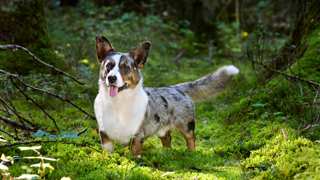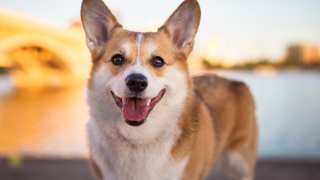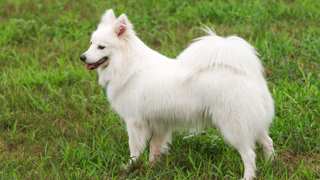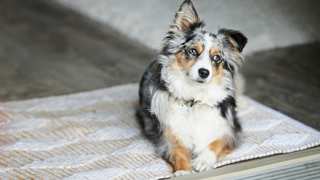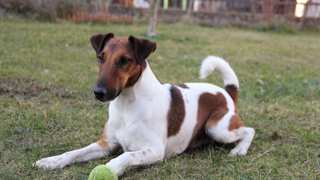Bathing Shiba Inu dogs doesn't need to happen very often. In fact, bathing a Shiba too often will rid the coat of its natural oils, and even change the coat's texture. Unless the dog gets especially dirty or stinky, owners say, baths about every three months is fine.
It's important to use canine shampoo, too, as the kind made for humans can irritate a dog's skin. Because these dogs are prone to various skin allergies, according to breed enthusiasts, Shiba Inu shampoo should be free of any fragrances or dyes. The best shampoo for Shiba Inu dogs includes hypoallergenic shampoo from brands like Earthbath, Vet's Best, and Pro Pet Works.
How to bathe a Shiba Inu: first give the dog a thorough brushing. You can bathe your Shiba either in a bathtub, or in an outdoor plastic pool using a garden hose. Wet the coat completely, then apply a quarter-sized amount of shampoo to the dog's back. Lather well, working downward and outward as you go. (And don't forget the legs, underbelly, and tail!) Clean the face, head, and ears with a washcloth. Rinse the coat until the water runs clear, then repeat the process with conditioner if desired.
Towel-dry the coat, then blow-dry it if you like. (If you use a hair dryer, make sure it's on its lowest heat setting so as not to burn the dog's skin.) Finish by giving the coat another quick brush-through to make it look clean and neat.

